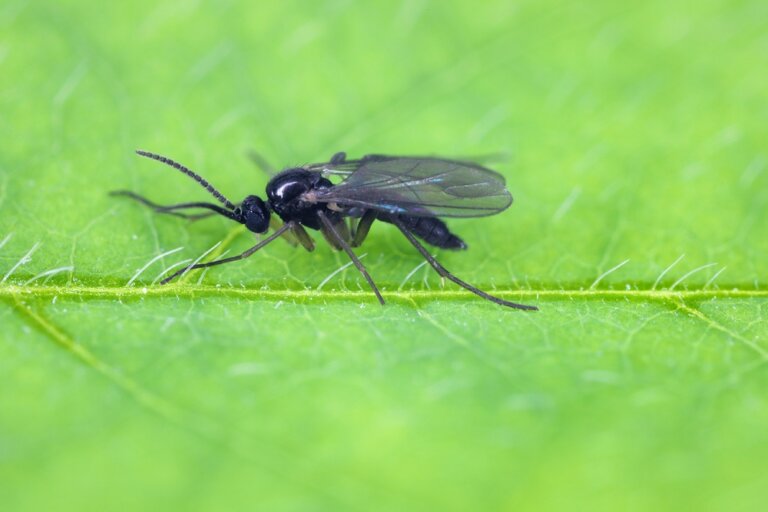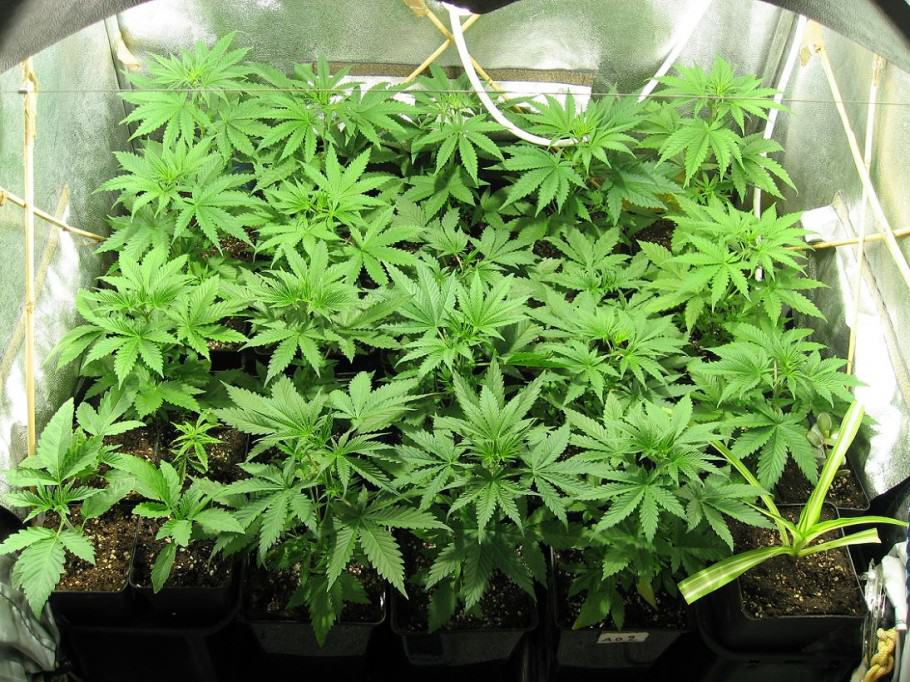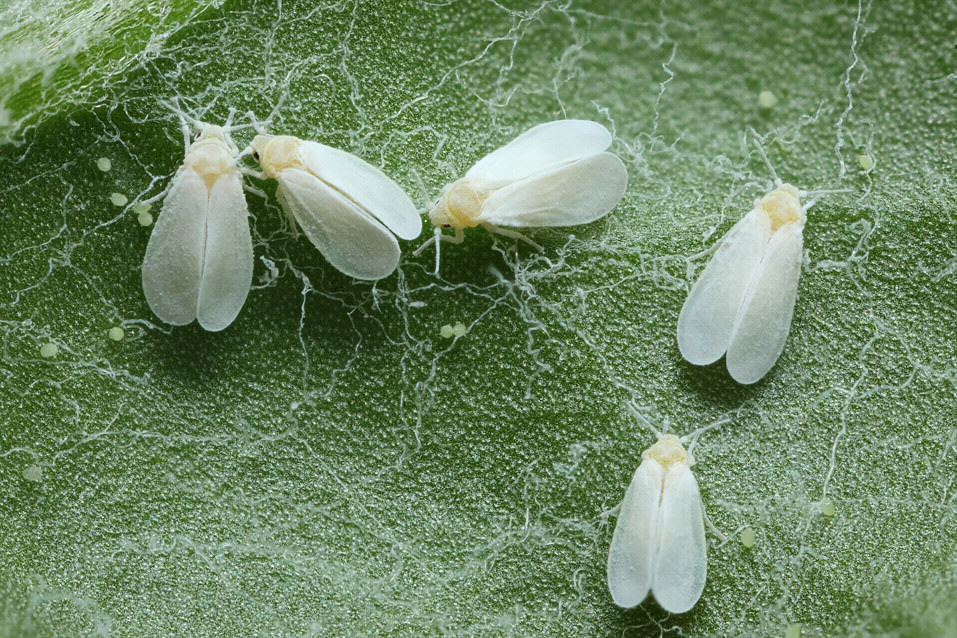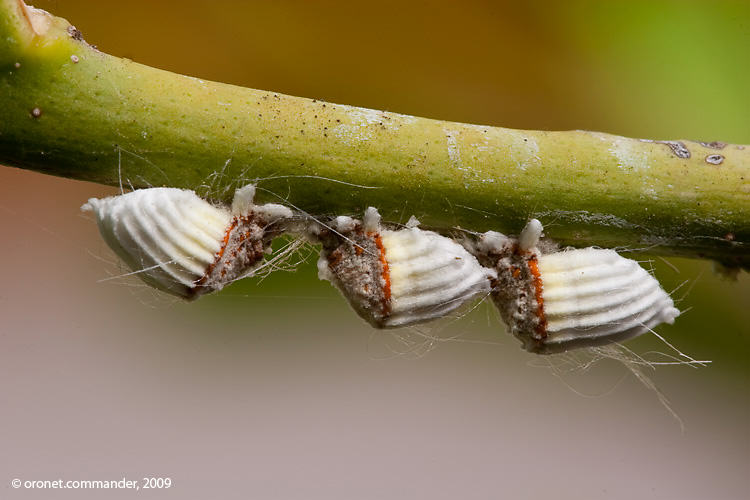Plant Quarantine: Isolation is prevention!
List of contents
Against the backdrop of the global Covid-19 outbreak and while the theme of infectious diseases is at the forefront of our minds, we'd like to take this opportunity to talk about how important quarantine procedures are in the control of plant pathogens that could potentially spoil our entire homegrown cannabis crop, something that becomes a particular risk when we introduce new clones into our garden.

As some parts of the world start to return to some kind of normality while the pandemic of the last few months appears to recede, others are dealing with a new surge in cases, we can see that the countries where the impact has been least felt in terms of deaths were those that responded quickly with strict and effective measures. Much of the evidence suggests that where authorities swiftly implemented quarantine alongside the proper preventive measures, the population was far less affected than in other countries which reacted with less urgency.
Defined as a period of strict isolation to prevent the spread of infectious disease, the word quarantine originated in Venice during the time of the Black Death plague and means around forty days, the time for which any boats or travellers suspected of carrying the disease were confined upon arrival. The same principle applies to pests and diseases in your cannabis garden: quarantine is just as crucial for your plants' health as it is for your own.
Therefore, to avoid the introduction of harmful pests or pathogens and their subsequent spread into your growing space, and in the same way that we place potentially infected people in quarantine to protect the rest of the population, we must isolate new plant arrivals too. A little patience and diligence at this crucial moment will save you a lot of stress later on. Remember, it only takes one infected clone to spoil an entire crop, with disastrous consequences to your stash!
Setting up a quarantine area
It's important to maintain proper "social distancing" between our main grow area and any new plants that arrive, so try and set up a small grow space situated well away from your main grow area. There's no use in quarantining new plants if any bugs can simply crawl or fly across the room and infest your clean plants!
Isolating new plants is easy if we've got a spare room we don't use much. In an ideal world, this would be a small bathroom or shower room, as they are usually well-ventilated and tiled, so are very simple to keep clean. But if that's not possible, any room can be adapted to the purpose with the addition of a lamp, an extraction fan and some reflective sheeting.
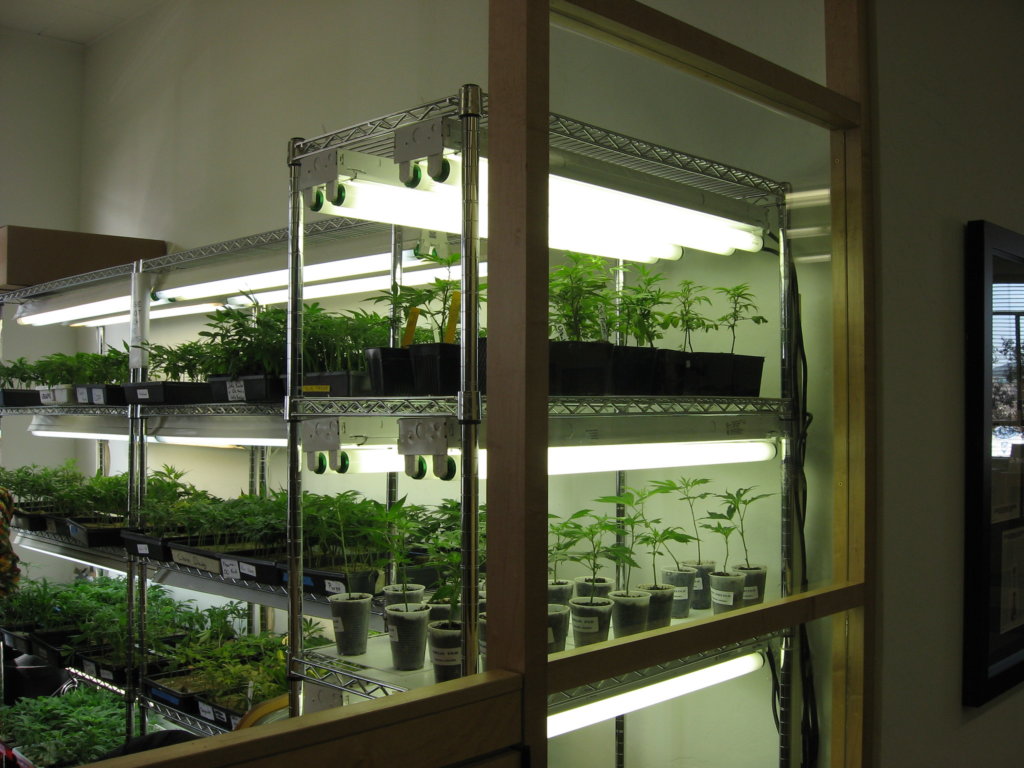
If, however, you haven't got a separate spare room to use as an isolation area, then the simplest and most reliable quarantine site is a small grow tent, which is also easy to deep-clean and disinfect after every use and has the added advantage of being dismountable for storage when not needed.
You won't need a powerful lamp to keep a few clones in a small space in the short-term, so a fluorescent tube or two ought to suffice. Alternatively, LED lamps for vegetative growth are a great option. A rotary fan and the aforementioned extraction fan will be of great benefit in keeping the plants healthy, but make sure that any extraction ducting coming from the quarantine area is vented well away from the rest of your crop.
Isolating outdoors
If the clones are for your outdoor crop, then you can use a separate part of the garden as a holding space. Again, this should be as far away as possible from the site where you intend to grow them to maturity. If the circumstances and time of year coincide, my favourite way to incorporate new clones into my garden is to receive them in late Spring, give them a month of vegetative growth in early summer before taking clones from the new growth, which is extra-vigorous and healthy. At this point in the year, healthy plants are able to outgrow any pest problems quite easily outdoors, so these clones rarely cause any issues, although I'd still give them a thorough treatment with an organic insecticide such as neem oil before taking them indoors.
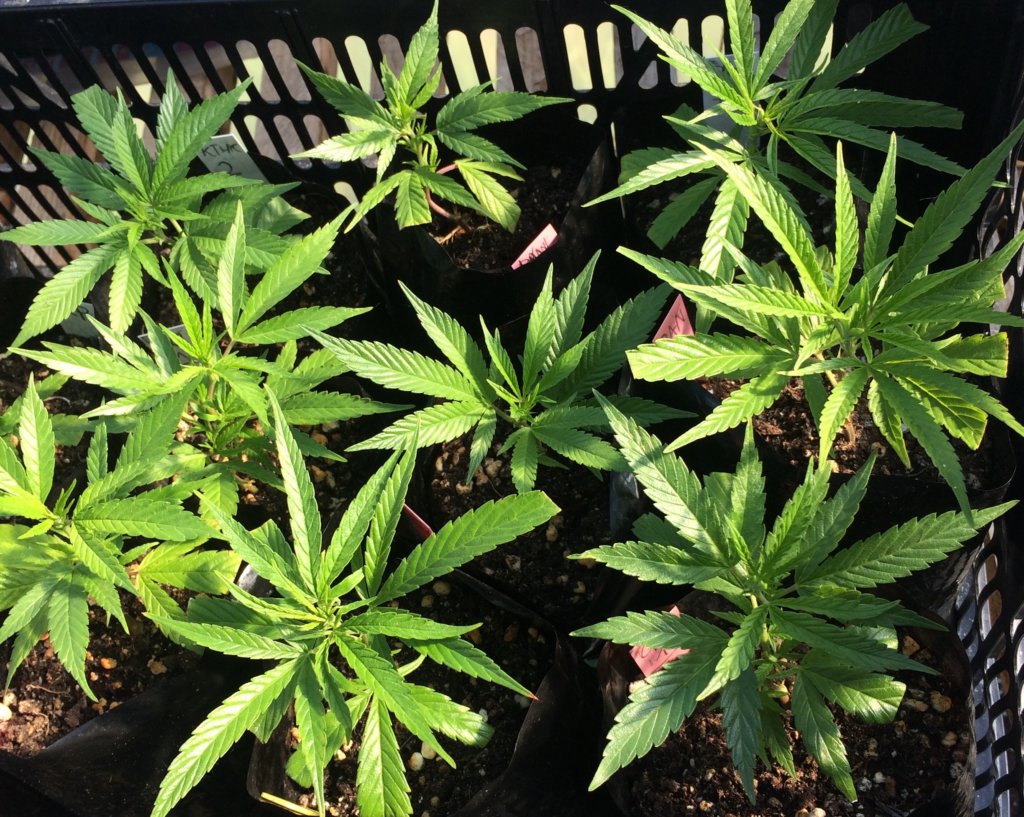
Quarantine checklist:
- Inspect clones closely for eggs or pests with a microscope or hand lens.
- Hose plants down with water on arrival to mechanically remove eggs or pests.
- IPM prevention treatment upon entry to quarantine area - dunk clone in neem oil solution or wettable sulfur, but not both! You must leave at least 2 weeks between oil and sulfur applications, otherwise, you could seriously damage the foliage.
- Sticky traps in quarantine area: yellow traps for winged pests including gnats, aphids, whiteflies; blue traps for thrips and leaf miners
- Wash all containers and equipment thoroughly with hydrogen peroxide or bleach and water
- Change clothes and shower after visiting another grow or collecting new clones
Understanding pest life-cycles
If we are to deal effectively with any pests that your new clones could be carrying, then it's essential to know a little about their life cycle, most importantly how long the eggs take to hatch. With this knowledge, we can reduce the risk of infestation to a minimum, because although treating the clones on arrival will kill any adult pests, there may well still be eggs left on the leaves, so re-applying at the right time is crucial to ensure we kill any newly-hatched pests.
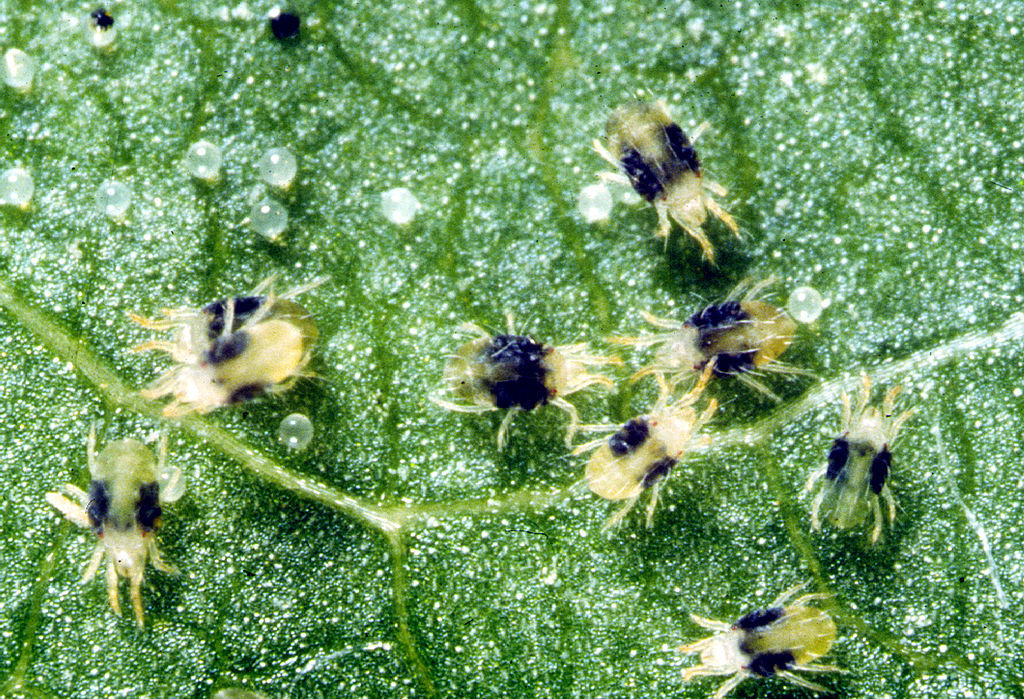
These timeframes are just a rough guide: reproduction rates are highly dependent on the ambient temperature, meaning that, as a general rule, pests reproduce considerably faster in warmer conditions.
- Aphids - Reproduce asexually once they reach maturity after a week or so. Adults live for around a month. Eggs not usually an issue for indoor gardens.
- Whitefly - Eggs hatch in around 7 days. Grows to the adult stage in 1 month, adults live for 1 month.
- Thrips - Eggs hatch in 3-7 days, with the nymph growing to adult stage in 2-3 weeks.
- Spider mites - At temperatures of 15- 21°C, eggs hatch in 5-10 days and develop to the adult stage in 10 to 15 days. One female lays between 100-200 eggs during an average lifespan of 3-4 weeks.
- Mealybugs - Eggs hatch after 6-14 days. Females lay up to 600 eggs over 5-10 days before dying.
Soil-borne pests
While it's easy enough to detect pests on the parts of the plant above ground, any issues that affect the root zone of cannabis plants can be much less easy to see. To help to avoid introducing any soil-borne pests or pathogens to our garden, newly-received plants should be immediately transplanted into some new substrate, removing and disposing of as much of the original growing media as possible, while minimising any damage to the roots.
Many soil-borne pest problems can be treated by a soil drench of either neem oil or a pyrethrin-based insecticide. Top-dressing the substrate with neem meal and/or diatomaceous earth will help control soil-dwelling insects. Beneficial microbes such as Beauveria Bassiana or predatory nematodes can also be an effective treatment for these problems, and in particular for root aphids. Other natural predators include Rove Beetles and soil mites.
- Fungus Gnats - Egg to adult 3-4 weeks. Eggs hatch after 48-72 hours, larvae feed for 2-3 weeks before emerging as adult flies. - neem meal can stop insects laying eggs.
- Root Aphids - Reproduce asexually during the growing season meaning eggs are rarely present in cannabis roots, making repeat treatments unnecessary.
Once you've removed the old growing medium and before passing the plant to its new substrate, it's the perfect moment to carry out a preventive root-drench, this can either be with insecticidal soap or neem oil for insect pests or with hydrogen peroxide which can deal with fungal pathogens like root rot, as well as fungus gnats.
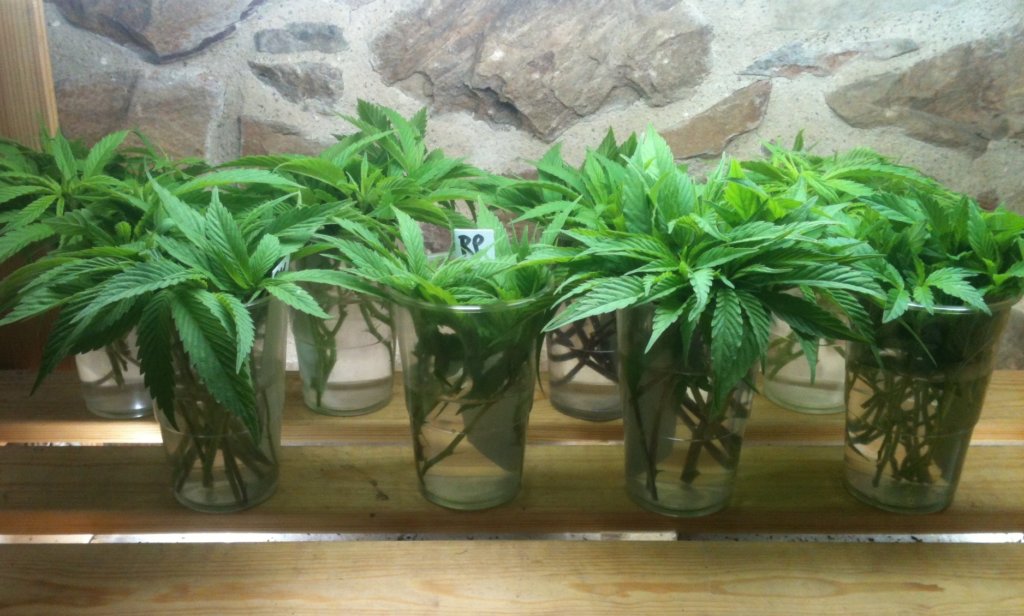
Of course, you can avoid a lot of pest and disease problems by only accepting unrooted cuttings. This eliminates any chance of picking up subterranean pests or fungal pathogens. It will mean you taking a bit more time and effort to root the clones for yourself, but it will pay off in the end, knowing for certain that there are no hidden surprises! Unrooted cuts are much easier to transport by mail than rooted clones too, so that's another big benefit!
Fungal pathogens
- Powdery Mildew - This virulent and voracious fungal pathogen is easily transmitted via cannabis clones, although for the most part, it says invisible until the ideal conditions or stress of some sort triggers spore formation. Studies have found that PM has an incubation period or inoculation window of from 7-41 days, depending on environmental conditions. DNA tests can detect PM well before it is visible, but their cost and reduced availability mean that they aren't an option for the average home grower. Powdery mildew can be treated with a UV-C light, which kills the fungus. One quarantine strategy could be to keep any clones suspected of carrying powdery mildew in the most favourable conditions for triggering it, i.e. temperatures between 20-30ºC and relative humidity of around 90-95%. In this way, any clones already infected can easily be weeded out, thus preventing the infection from spreading to the entire crop.
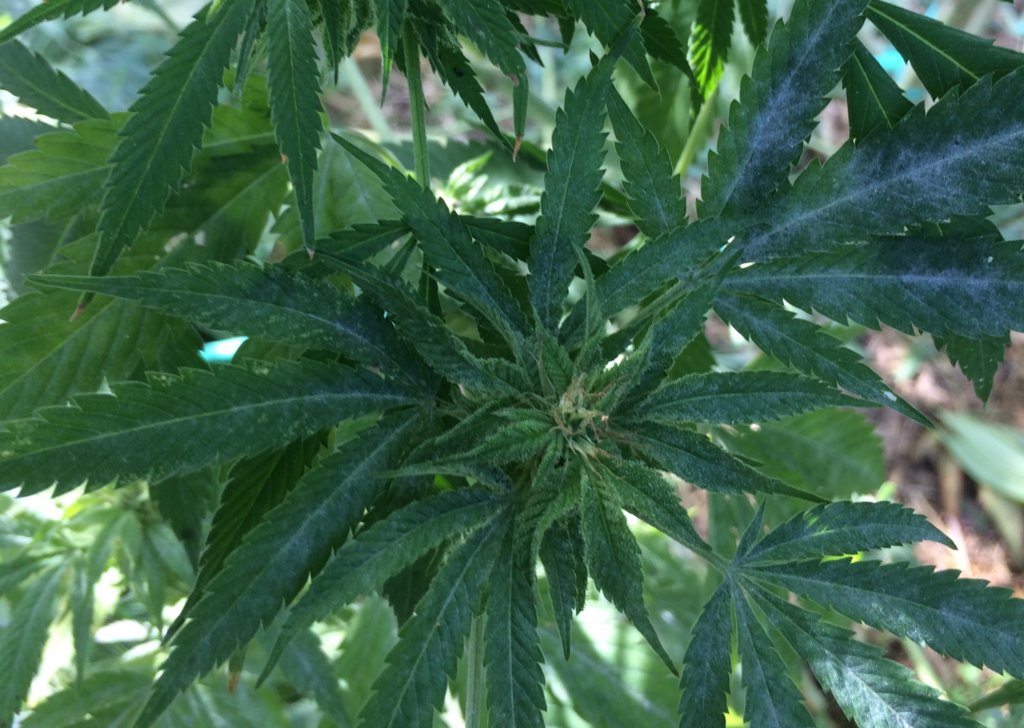
- Botrytis - This fungal pathogen is unlikely to be found on clones or in vegetative growth and is generally only a problem with flowering plants but it can certainly be introduced to your garden via the hands or clothes of anyone who has been handling infected plants. Wash hands and change clothes if you've visited another garden.
- Fusarium - Found in the soil or at ground level, this virulent pathogen can devastate a batch of clones if not controlled. Cleanliness is key to avoiding this kind of fungal attack, and regular applications of beneficial microbes such as Trichoderma can help suppress the problem too. Unrooted cuttings ought to be free of any infection.
Not only cannabis plants!
Remember that these quarantine measures don't only apply to cannabis clones, but to any kind of plant that you bring into your garden from another source, meaning house plants from the store, companion plants like herbs and flowers, and even vegetable seedlings. I've heard of one grower who lost his entire crop due to a spider mite infestation that arrived on a cucumber plant!
Not only plants... people can spread pathogens too!
It's not only plants that should be screened before you let them into your garden, unfortunately, but the same principle applies to your friends too. But don't panic, I'm not suggesting that you should isolate any visitors to your garden for 40 days! We do, however, encourage you to think carefully about the dangers of other people coming into contact with your plants. Quite apart from the unnecessary security risk of showing anyone your cannabis garden, even your most trusted grower colleagues may unwittingly introduce uninvited guests into your garden!
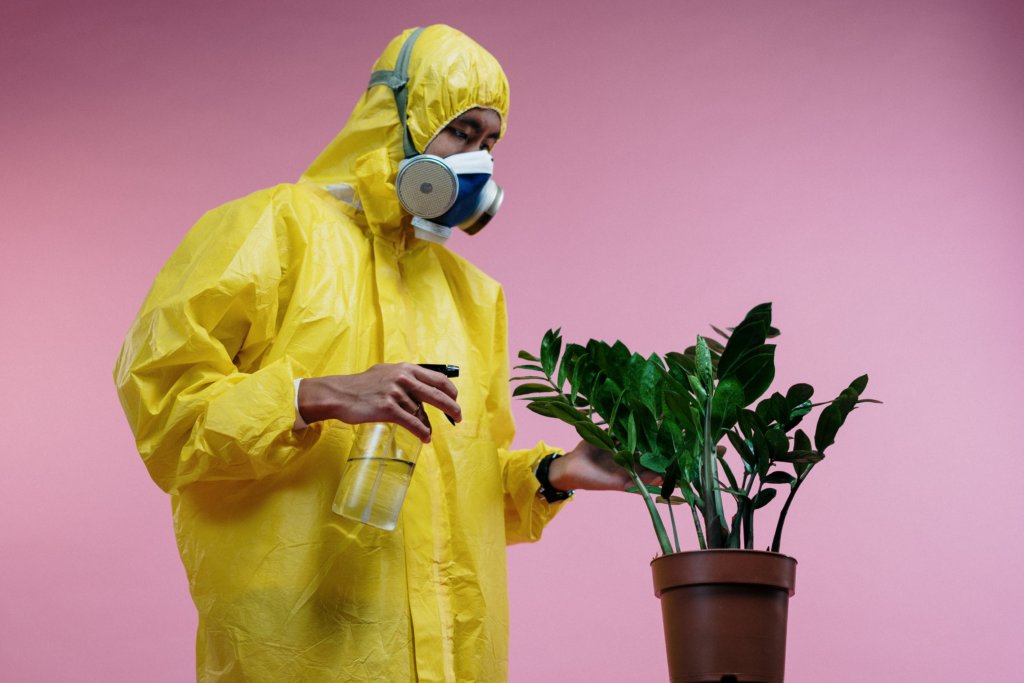
This is because clothes, shoes, hair and skin can carry insect pests and their eggs from one garden to another just as easily as plants can. Not only pests but bacteria, viruses and fungal spores too. So, unless you're willing to provide visitors with cleanroom suits or insist that they "scrub up" just like surgeons do before an operation, then maybe it's best to avoid all but the most absolutely essential visits. It may seem an extreme measure, but if the last few months have taught us anything, it's how fast an infection can spread when it goes unchecked and unnoticed!
Of course, the same also applies to your own clothes, hair, etc. It's not always easy to change habits, but it's really important that you don't go directly from your quarantine zone to your main grow space without at least changing clothes and washing hands first.
We hope you'll find the information in this article useful to keep your cannabis garden free of problems. Stay healthy and safe!
Happy growing!































































